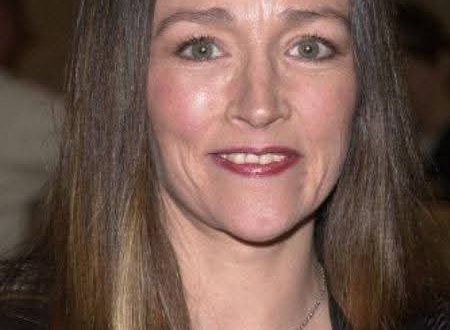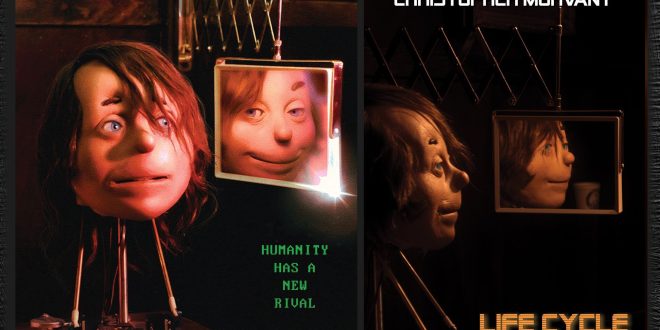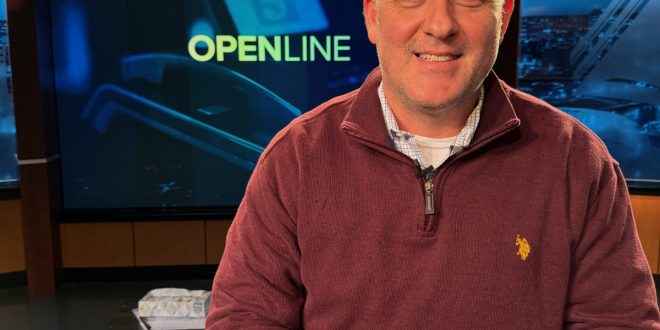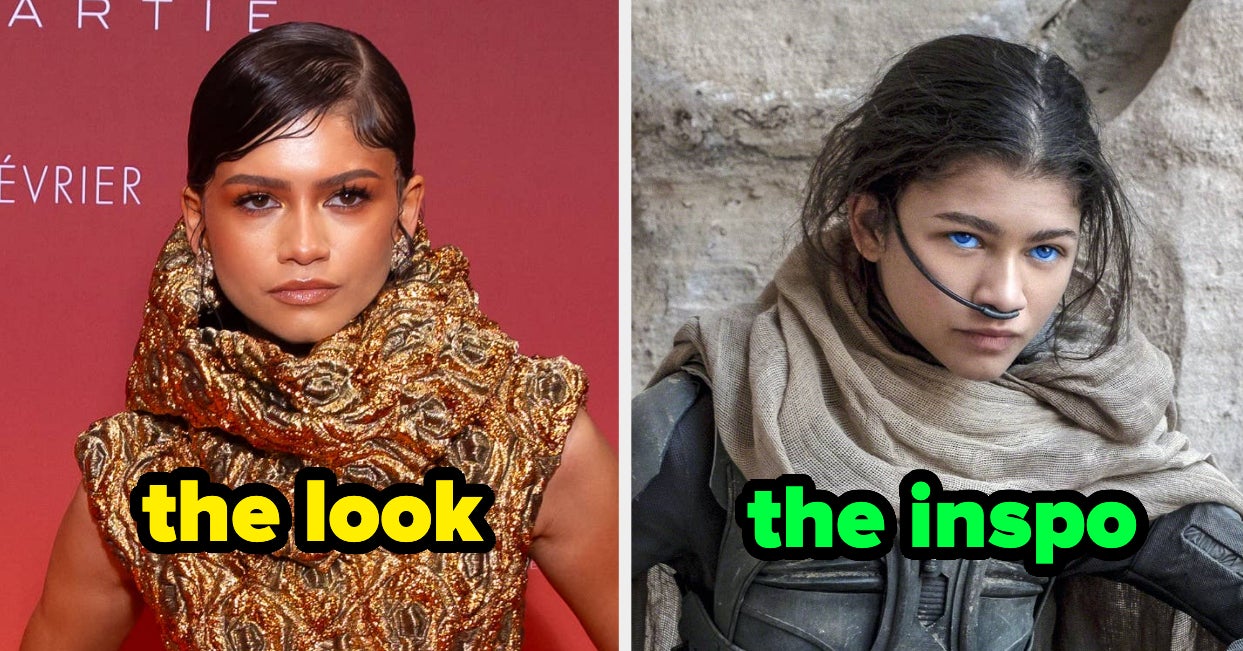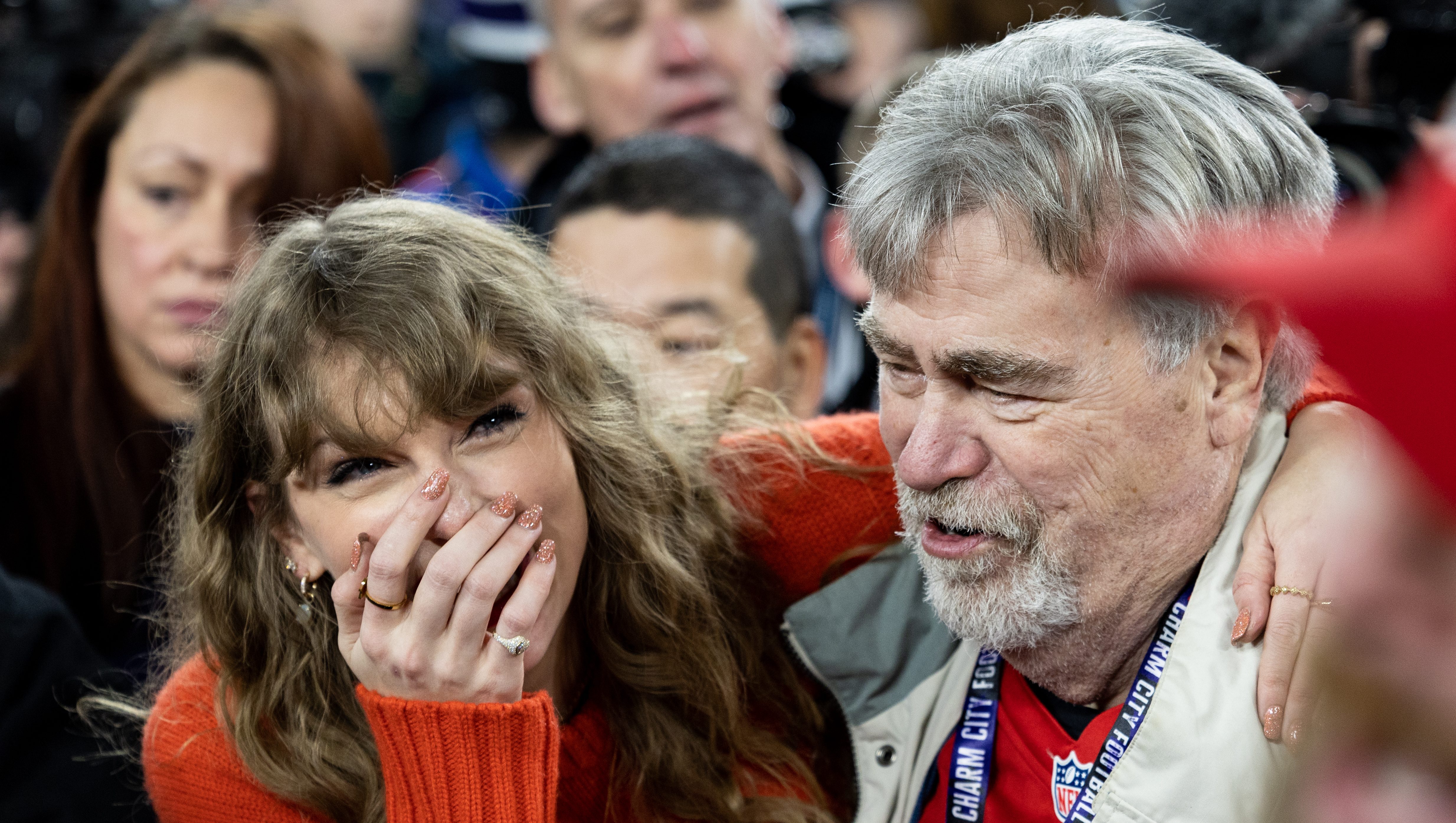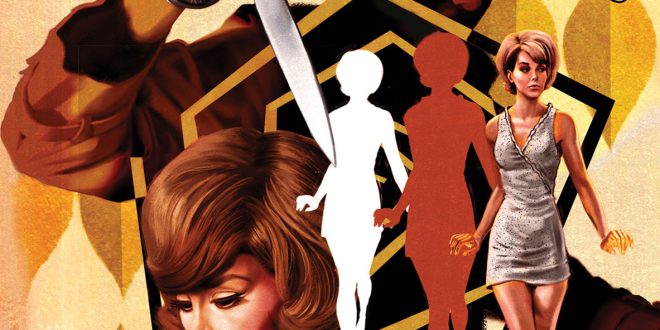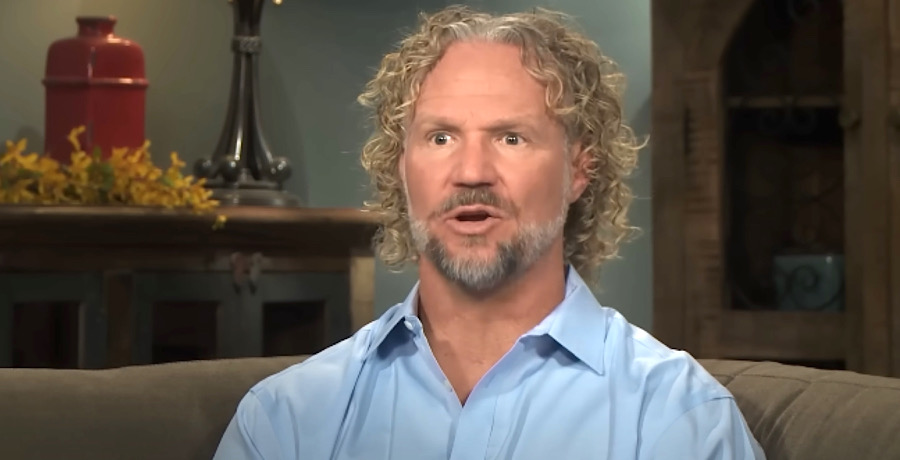[Correction: This article originally dated the film as 1995, but it was released in 2005]
Harkening back to the good old days when ghost movies didn’t require much explanation, but still made you think, White Noise (2005) gave audiences that good ol’ 00’s PG-13 rated experience, and best of all it stars Michael Keaton.
Seeing Batman as an everyday man grieving the loss of his pregnant wife while still saving people in peril was an interesting concept back in 2005, and for the most part, it’s an effective chiller.
Basically, it spiritually borrows the intimidating shadow villains from Jerry Zucker’s Ghost and the Electronic Voice Phenomenon (EVP) concept of Spielberg’s Poltergeist and mashes them up into its own narrative.
Keaton plays Jonathan Rivers a successful architect who finds out he’s going to be a father for the second time, but tragedy strikes his wife via a supposed freak accident and she starts communicating with him through his TV and boombox or any device that produces the sound of the movie’s title.
Obsessed, the grieving Jonathan begins an unending vigil listening to white noise in order to hear his wife’s voice. Eventually, she starts communicating regularly, giving him clues to future tragedies so he can intervene before they happen.
But his wife is being threatened on the other side by shadow demons who also use white noise to possess the living for no other reason than to harm themselves or others.
The plot traverses into a kidnapping thriller in which Rivers follows clues given by his dead wife to save a woman held captive by a corporeal psychopath.
Keaton was at a pivotal moment in his career. It was between his comedic period and his more dramatic one. He had already done Beetlejuice (1988) and Batman (1989) under the direction of Tim Burton and played a psycho in John Schlesinger’s Pacific Heights (1990). His only real dramatic role had been in 1988’s addiction drama Clean and Sober. To do a supernatural horror movie that was not a comedy seemed atypical. And you can tell in White Noise that he’s trying to take it all seriously but there are some forced acting choices reliant on his signature facial expressions.
White Noise is made better, not by Keaton but his co-star Deborah Kara Unger who is also looking for answers to supernatural events in her life. Her performance enhances the seriousness of the plot which can be hard to do when trying to suspend the audience’s disbelief in a ghost story.
The film wasn’t exactly a hit when it was first released, but Keaton’s name on the project helped propel interest. Also, the novelty of the screenplay was a hot topic back then, as TV viewers were intrigued by Ghost Hunters, a new reality show that often used EVPs as evidence of life after death.
While the film suffers from bad CGI and a rattled plot, don’t discount it. By today’s standards, it would be a straight-to-streaming title, but it has its moments. In one scene, Jonathan is instructed to help an infant and mother trapped in an overturned vehicle entangled in power lines while they snap and spark around him. Shockingly, not everyone survives.
It’s these kinds of risks the filmmaker takes that elevate the film beyond trivial scares. It’s a spooky movie perfect for novices intimidated by the genre who don’t want a lot of gore, but still want a thrill or two.
Also, for those interested, there is a 2007 direct-to-video sequel starring Nathan Fillion titled White Noise 2: The Light.


